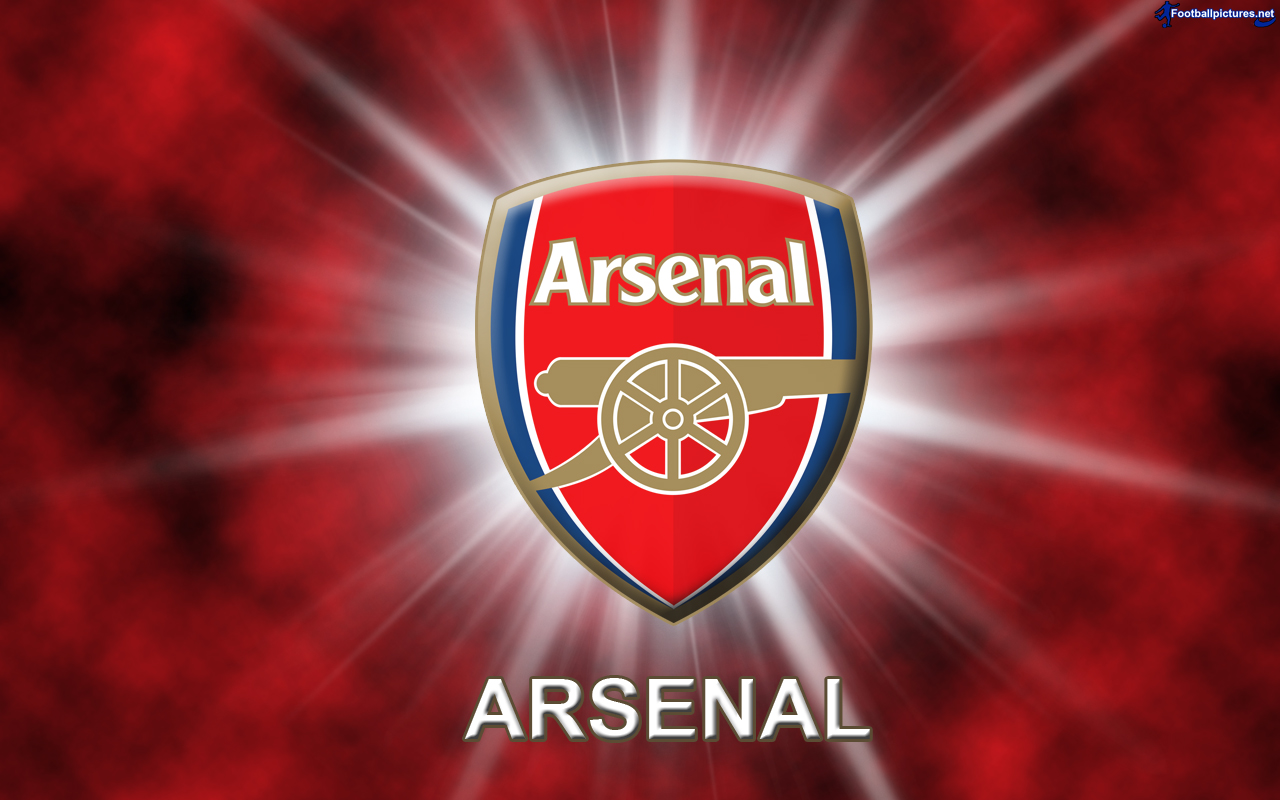 Moet Hennessey Louis Vuitton LVMH reported sales for its third quarter yesterday (Oct. 15), and guess what—they weren’t great. Sales growth for the company’s floundering fashion and leather (aka handbags) division quarter slowed to 4% for the first nine months of 2013 over the same period in 2012.
Moet Hennessey Louis Vuitton LVMH reported sales for its third quarter yesterday (Oct. 15), and guess what—they weren’t great. Sales growth for the company’s floundering fashion and leather (aka handbags) division quarter slowed to 4% for the first nine months of 2013 over the same period in 2012.
It’s been a perplexing year for the high end retail company, whose shares have risen only marginally higher since the start of 2013, while competitors like Cartier, Richemont, Burberry and Gucci parent company Kering have all seen their shares jump by more than 20%. For two decades, the Louis Vuitton brand, which accounts for roughly 50% of the company’s sales, has been able to all but pencil in sales growth above 10% (though sometimes nearer to 20%), but for 2013 the expectation is currently somewhere between 5% to 6% growth, which itself may even be overly optimistic.
What gives? Louis Vuitton may be flaunting its famous monogram a bit too much.
The classic logo that it used to quickly establish itself in emerging markets around the world appears to have run its course. The company’s handbags and other leather goods are so ubiquitous today that they have begun to symbolize “accessible luxury” rather than “exclusive” luxury. The problem, however, is that Louis Vuitton doesn’t sell like an accessible, or affordable luxury brand; its handbags, for one, are far more expensive than the likes of Coach or Michael Kors. “Accessible luxury for more money” isn’t exactly the sort of slogan a company wants to swing around.
While Louis Vuitton has addressed the shift in consumer demand by announcing its plans to reduce the visibility of its monogrammed luxury items, overcoming its reliance on logo-ed goods won’t be easy—roughly two-thirds of Louis Vuitton’s product offerings still carry the company’s logo.
Compounding the problem is the fact that Asia and the Far East comprise the company’s largest market, accounting for nearly a third of its business. “At this point in time, we miss demand from the Asian part of the world,” the company’s CFO, Jean-Jacques Guiony, said in a conference call earlier this year. While that’s partly to do with falling demand for luxury goods due to slowing Chinese growth and a crackdown on corruption, it’s also a nod to the region’s changing tastes. New, discerning buyers in China’s biggest cities are curbing demand for loud, logo-bespattered brands like Louis Vuitton in favor of other, more subtle luxury brands like, say, Prada—not least because they don’t attract so much attention in an anti-corruption drive.
There are also just too many LV tattooed bags out there. The difference, as we pointed out after Louis Vuitton disappointed earlier this year, is novelty.
So far, the company’s solution has been more price-raising than logo-cutting in an attempt to boost its image as an exclusive brand. While one of Louis Vuitton’s best performing products, its Capucine leather bags, are indeed a lot more expensive than, say, its best-known canvas bags, it’s probably little coincidence that the LV monogram on them is much less obtrusive.
Allgalgaduud Media
allgalgaduud@gmail.com



